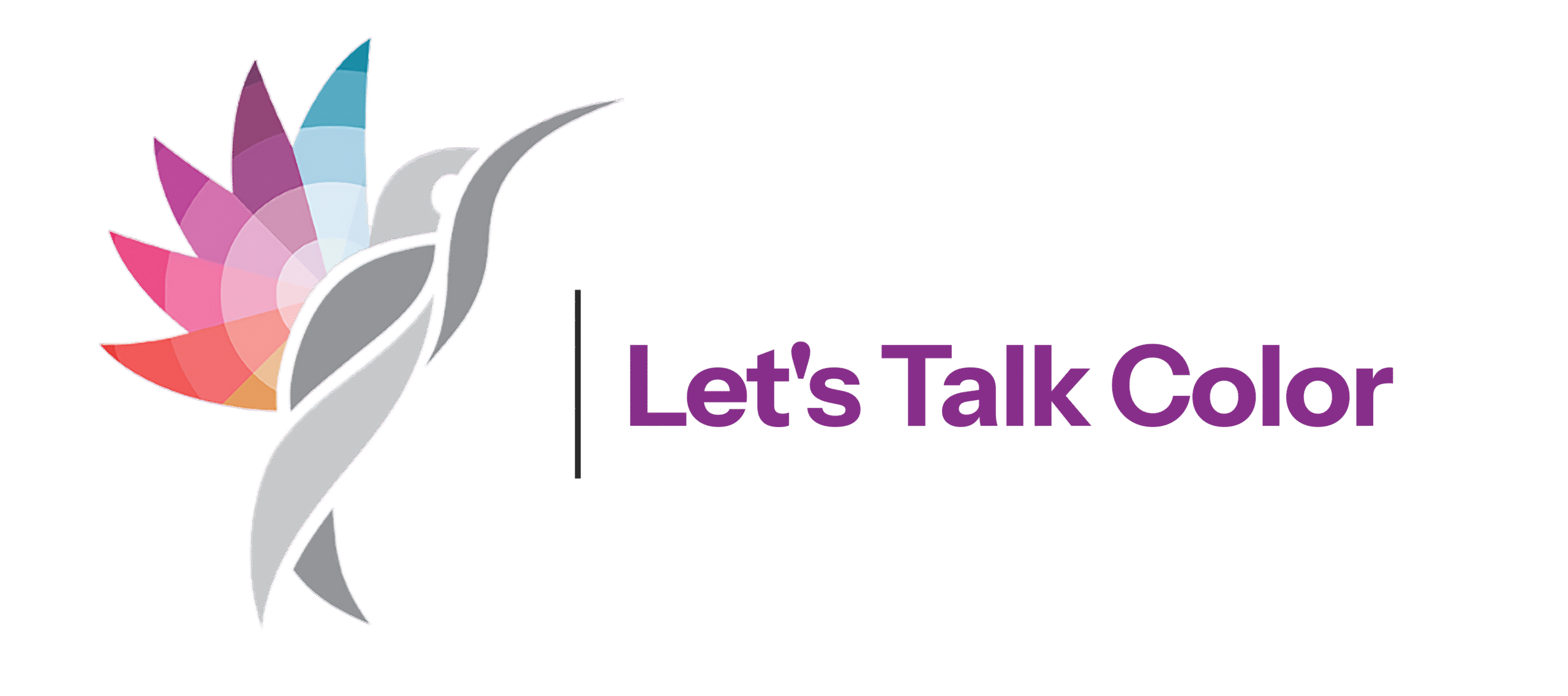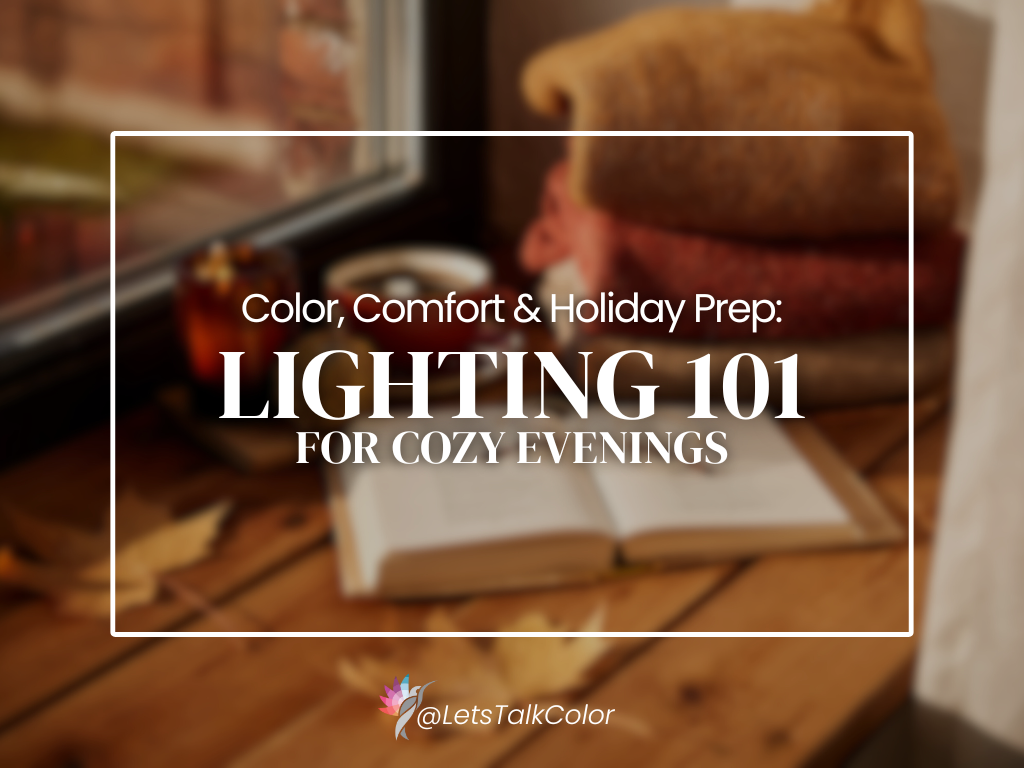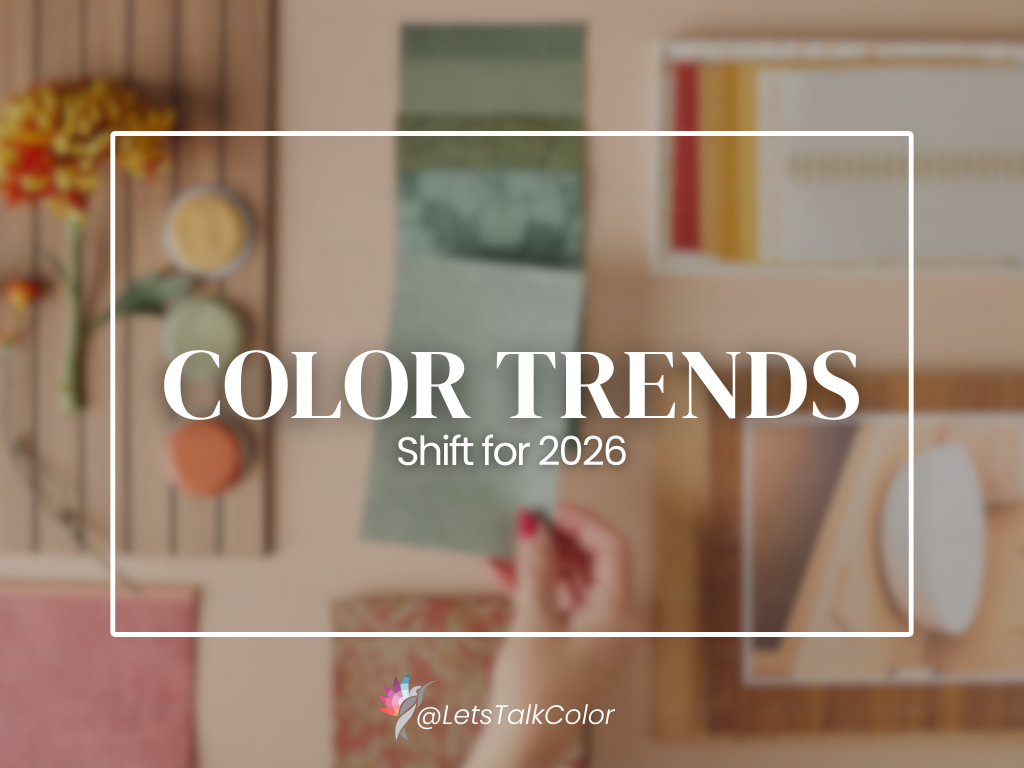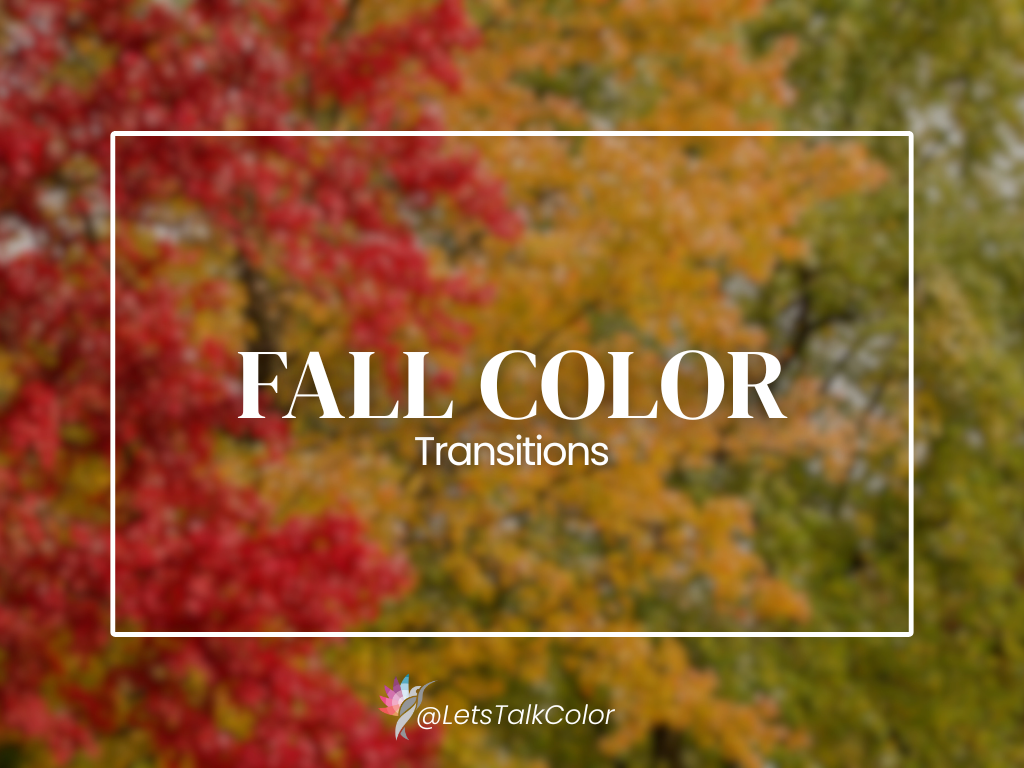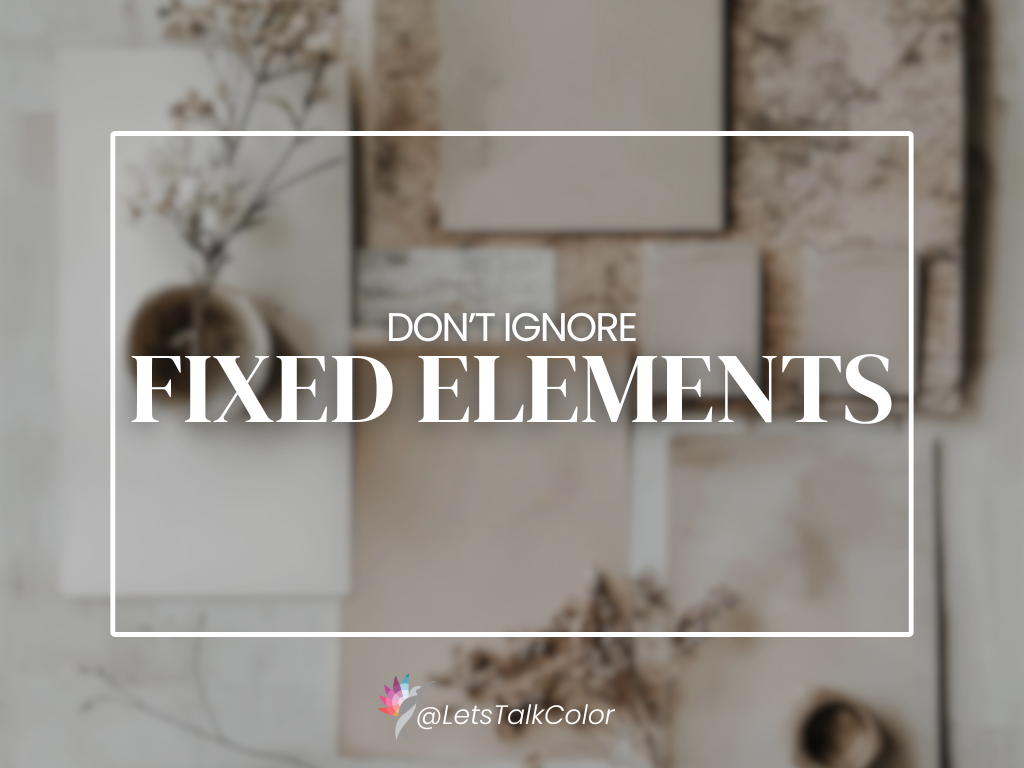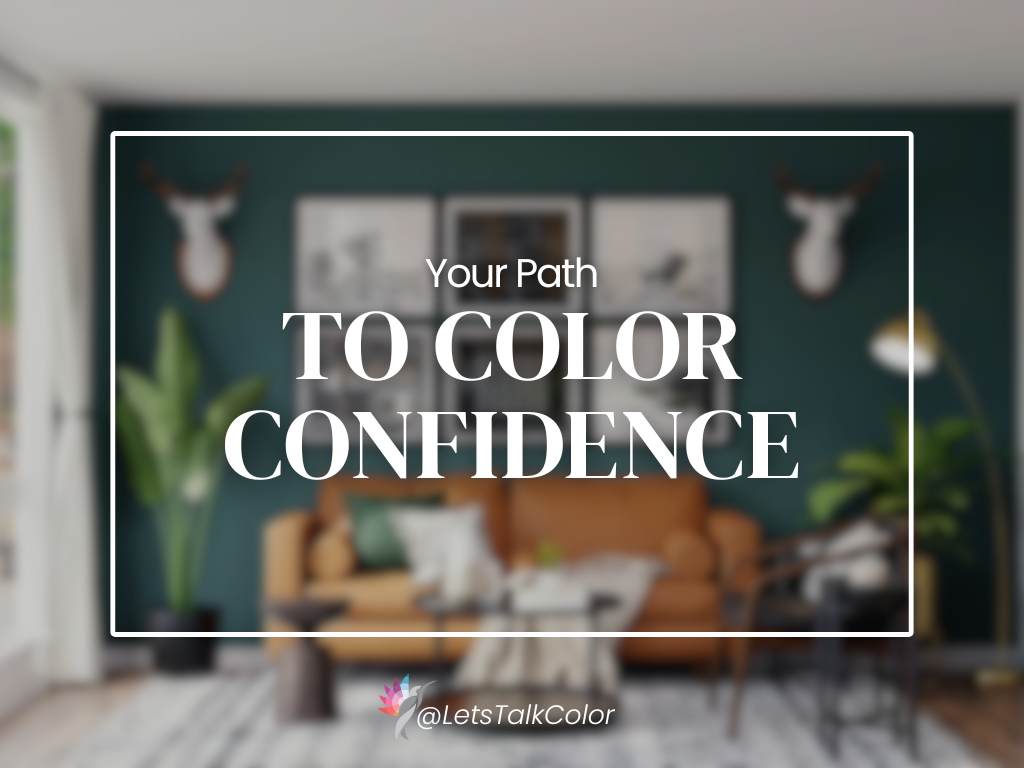If you know me, you know I’m a little obsessed with good lighting.
Nothing can make or break a room — or your mood — faster than bad lighting.
Personally, I’m drawn to the balanced clarity of 3500 Kelvins, but every home (and every homeowner) is different. Before I make a recommendation, I always take time to understand how my clients live in their spaces. That said, as seasons shift and days shorten, there’s always room for adjustment.
Let’s talk about how to create warmth and comfort with the right light — perfect for fall and winter.
Why Lighting Matters More in Fall and Winter
As the sun sets earlier, your home’s lighting becomes more than functional — it defines the atmosphere.
When natural light fades, the right bulbs and fixtures can make a space feel warm, welcoming, and alive rather than flat or chilly.
If you’ve ever noticed your perfectly chosen paint color suddenly look gray in winter or one room feeling cozier than another, the reason usually comes down to two things: Kelvins and Lumens.
Understanding Kelvins: Setting the Mood
Think of Kelvins (K) as the mood of your light. It’s a measure of color temperature — how warm or cool the light appears. (Remember it this way. K=Kelvin K= Kolor – phonetically)
|
Kelvin Range |
Color Appearance |
Best For |
|
2700K – 3000K |
Warm, golden light — like candlelight |
Living rooms, bedrooms, dining areas |
|
3500K – 4000K |
Neutral white light — balanced and natural |
Kitchens, bathrooms, laundry rooms |
|
5000K |
Cool daylight — bright, blue-white tone |
Garages, offices, craft areas |
💡 Pro Tip:
If your beige walls look gray at night, your bulbs are likely too cool (too high in Kelvins).
Swap them for warm neutral bulbs (3500K) to restore color depth and comfort.
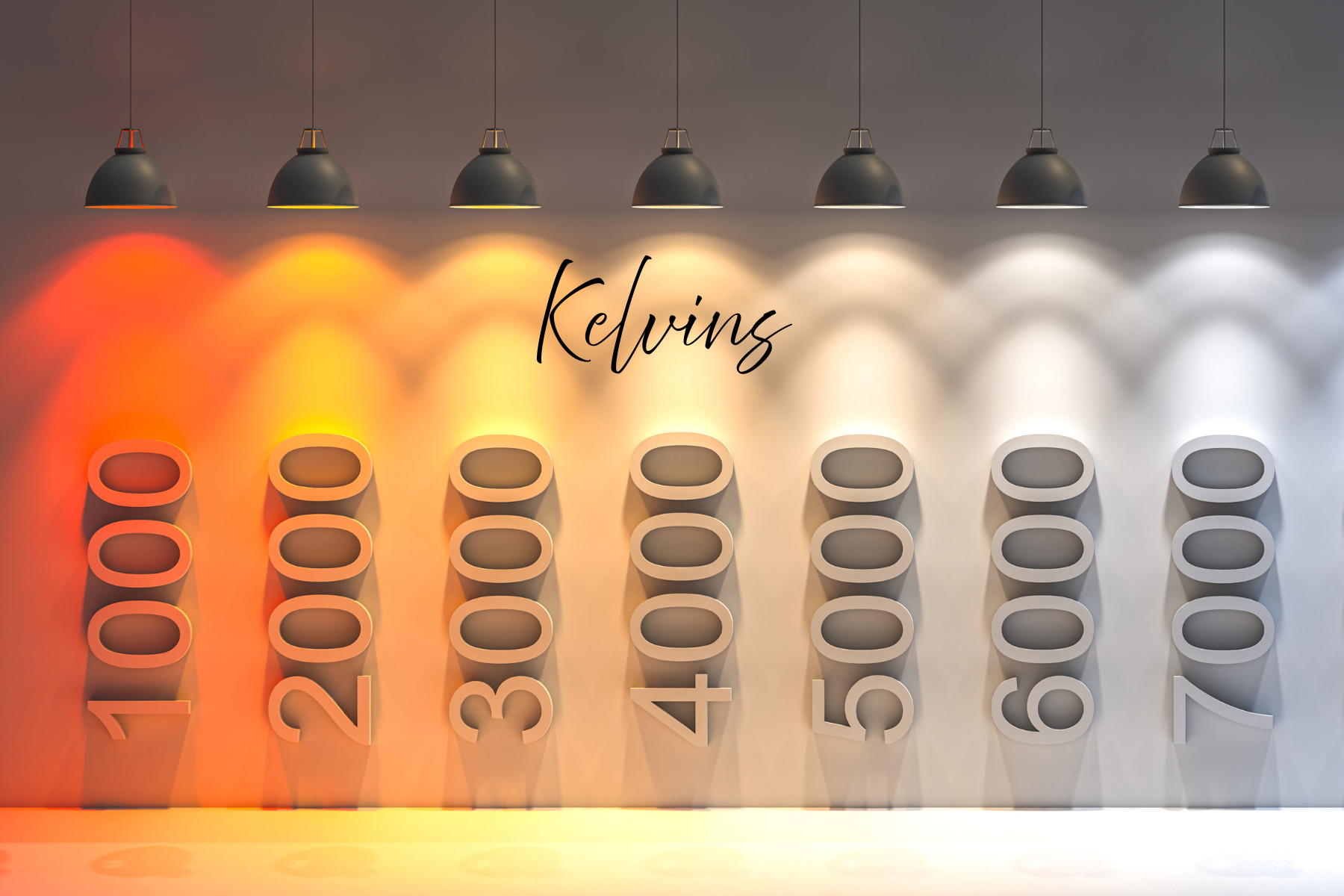
Lumens: Brightness That Works with Your Color
While Kelvins define COLOR tone, Lumens (lm) measure brightness — how much light fills your space.
The goal isn’t more light; it’s balanced light that enhances your paint colors, not washes them out.
|
Room Type |
Recommended Lumens per sq. ft. |
|
Living Room |
10–20 |
|
Kitchen |
30–40 |
|
Bathroom (vanity area) |
70–80 |
|
Bedroom |
10–20 |
|
Hallways |
5–10 |
✨Quick Calculation:
Room square footage × recommended lumens = total light needed.
For example, a 200 sq. ft. living room × 20 lumens = 4,000 lumens total (from a mix of lamps, sconces, and ceiling fixtures).
Layer Your Light: The Secret to Warmth
Warmth isn’t about brightness — it’s about balance.
Use the Triangle of Light method by combining three layers:
- Ambient Light – Overhead or recessed fixtures that set the overall tone.
- Task Light – Lamps, under-cabinet, or reading lights that provide focus.
- Accent Light – Wall sconces, art lights, candles, or fairy lights that add depth and personality.
These layers prevent harsh shadows, highlight texture, and let your paint colors glow instead of flattening out.

Simple Swaps for Seasonal Comfort
- Replace daylight bulbs with 3000K warm white in living areas.
- Add dimmers for instant flexibility — bright when you need it, cozy when you don’t.
- Choose lampshades in warm tones (linen, parchment, taupe) for a soft, diffused glow.
- Introduce candelabra bulbs or LED taper lights to mimic firelight and add intimacy
As we move toward the holidays, remember: lighting isn’t just functional — it’s emotional.
The right glow brings your home to life, enhances your colors, and creates spaces that feel grounded, relaxed, and connected.
If you’d like to learn more about how lighting and paint color work together, grab my LED Lighting Guide or schedule a Design Consultation — I’ll help you find your home’s perfect glow this season.
You’ll see a pop-up appear as you scroll through the website — just enter your name and email, and the guide will be delivered straight to your inbox. It’s that easy.
Start exploring how lighting and color work together to transform your space — one bulb at a time. If you haven’t received your free guide to “How LED light bulbs will influence your paint colors” then visit www.letstalkcolor.com , click on the HOME Page, wait for the Pop-Up as you scroll down and download your FREE guide today.
